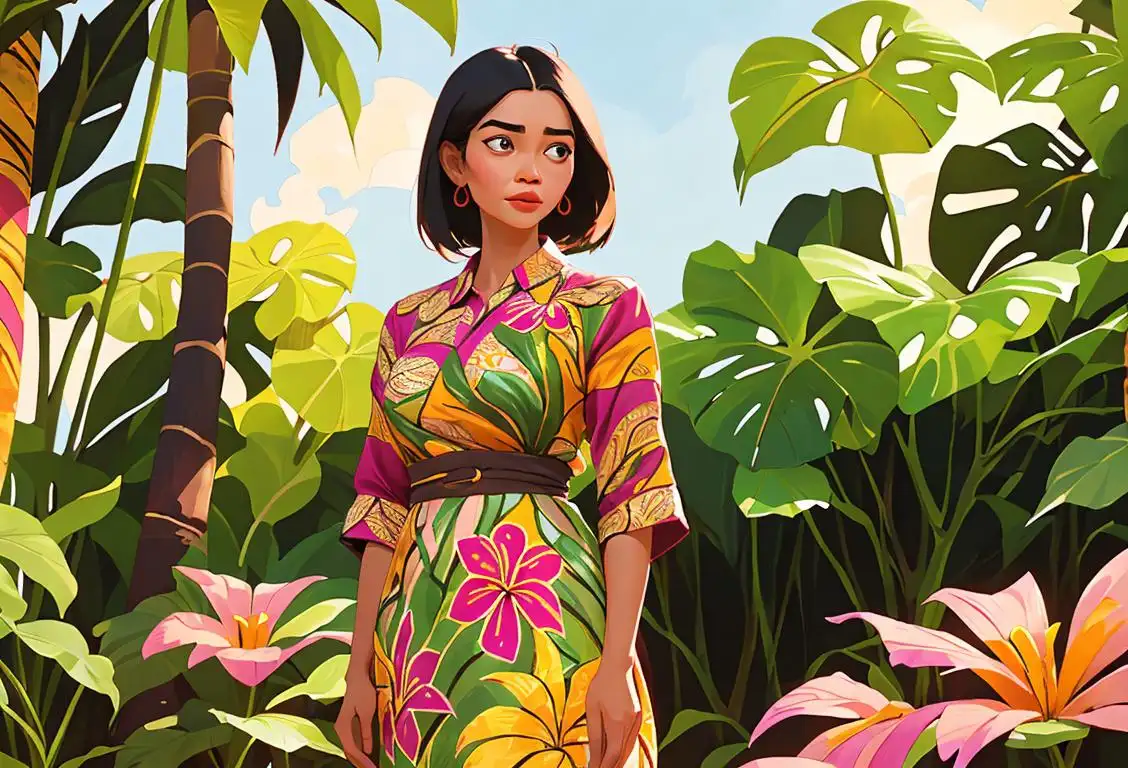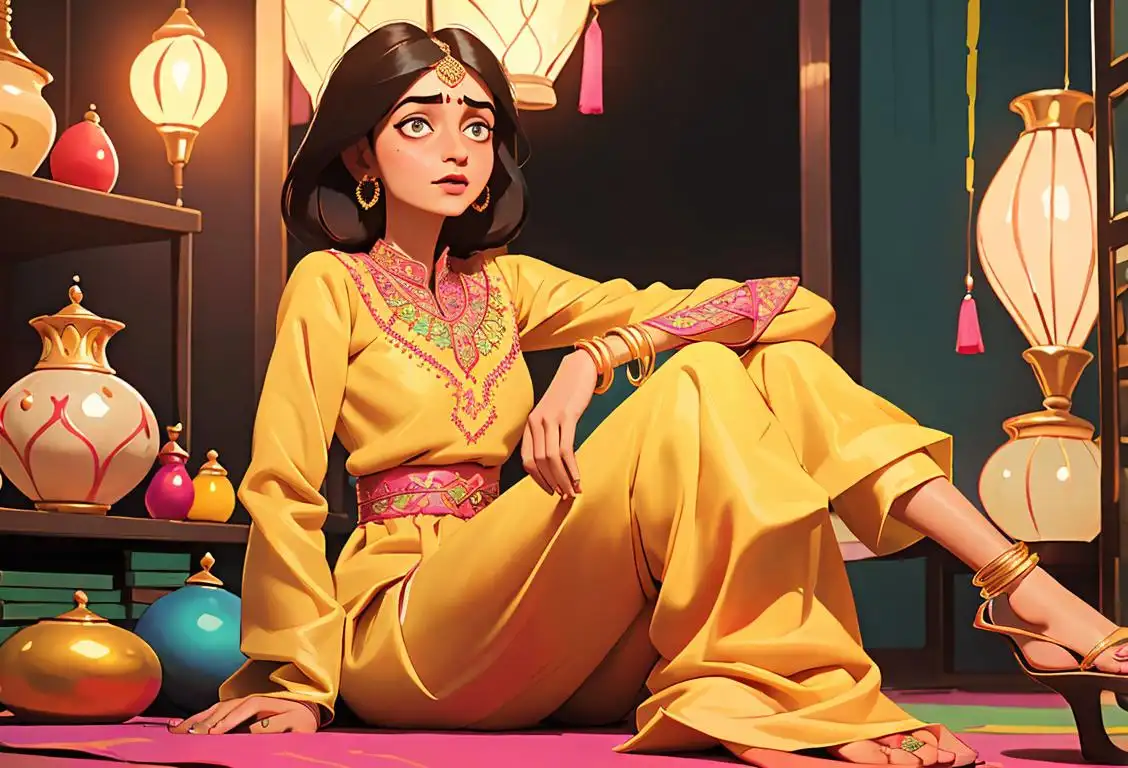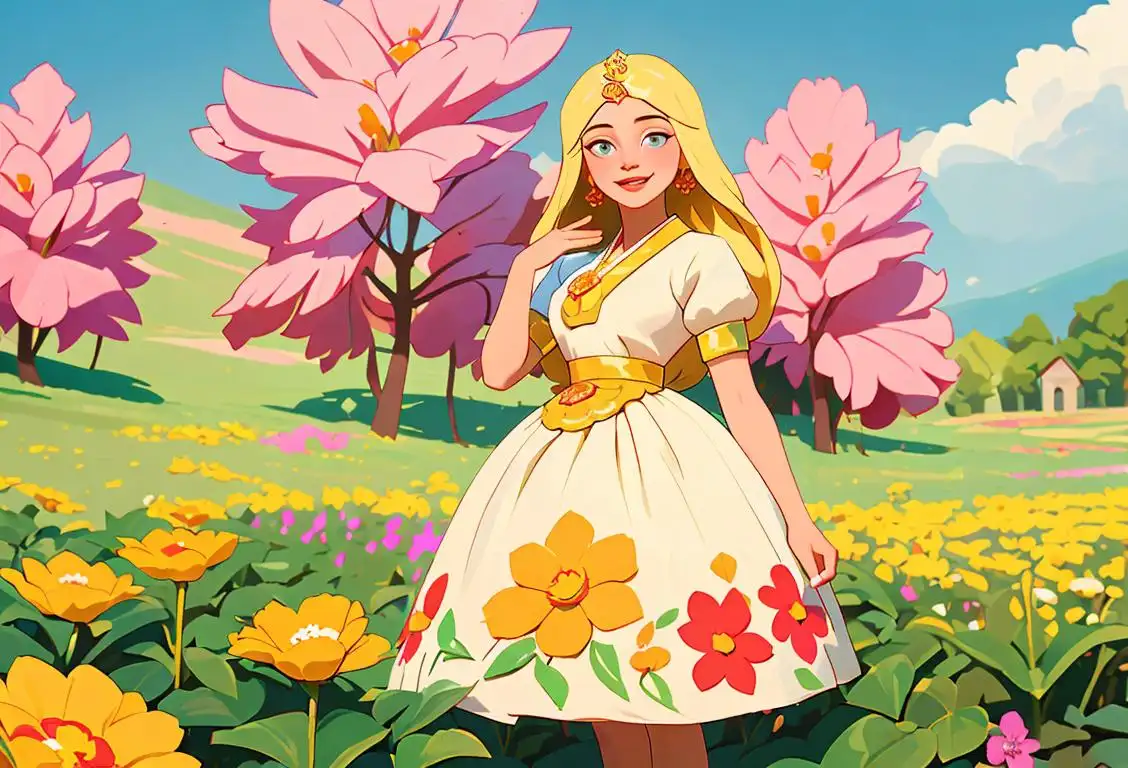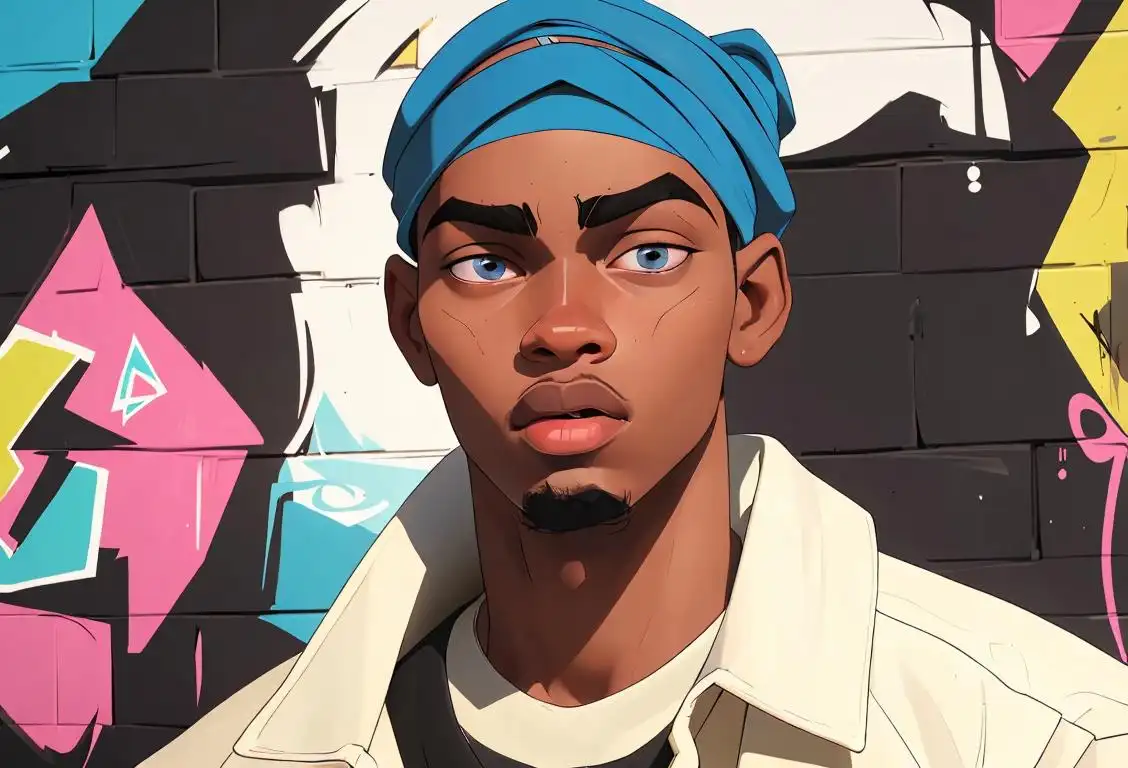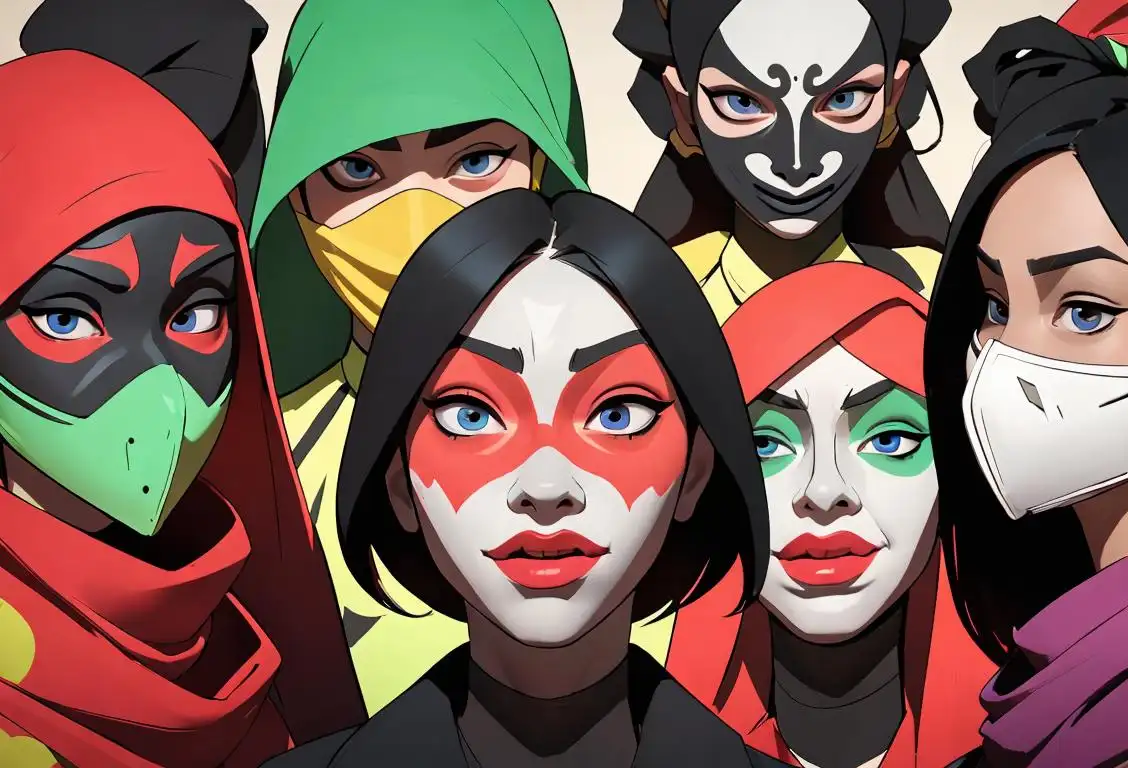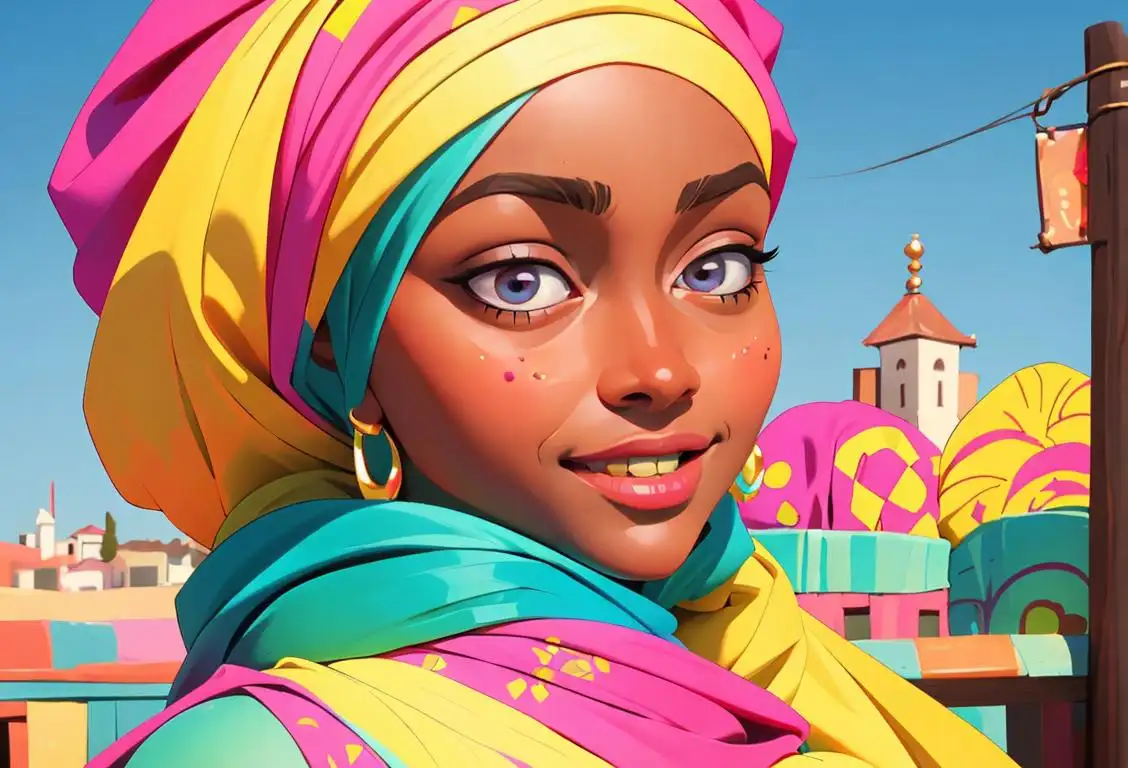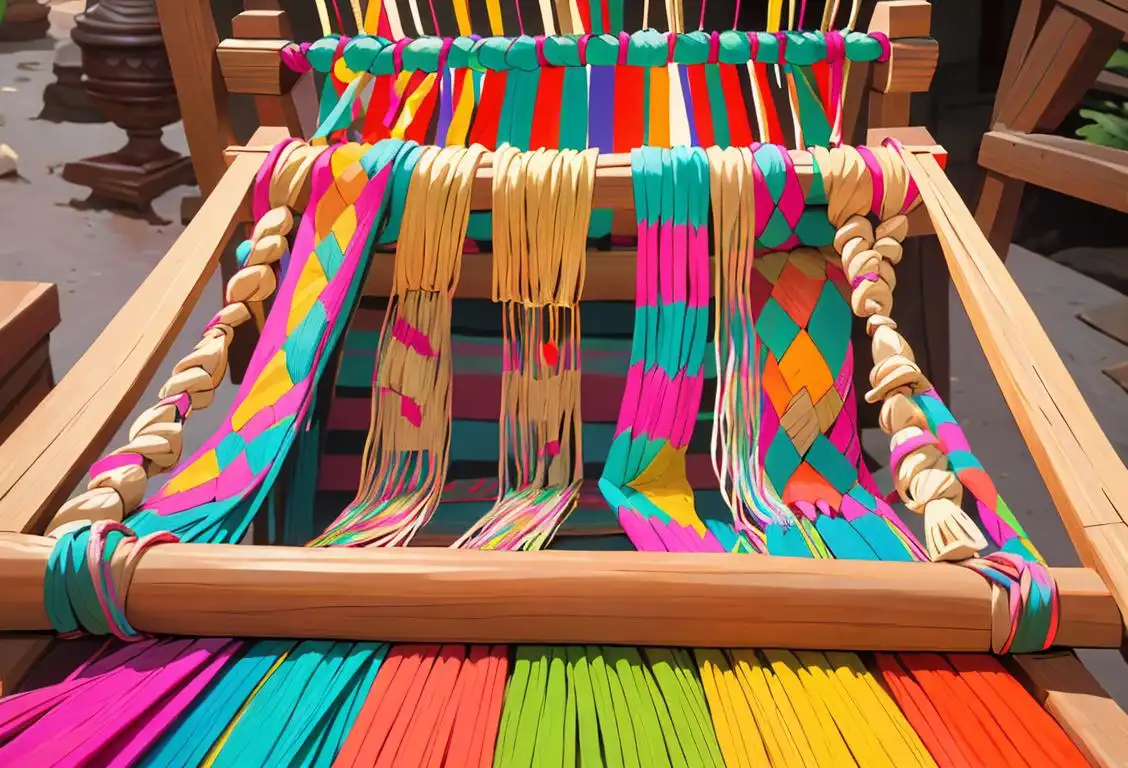National Headwrap Day
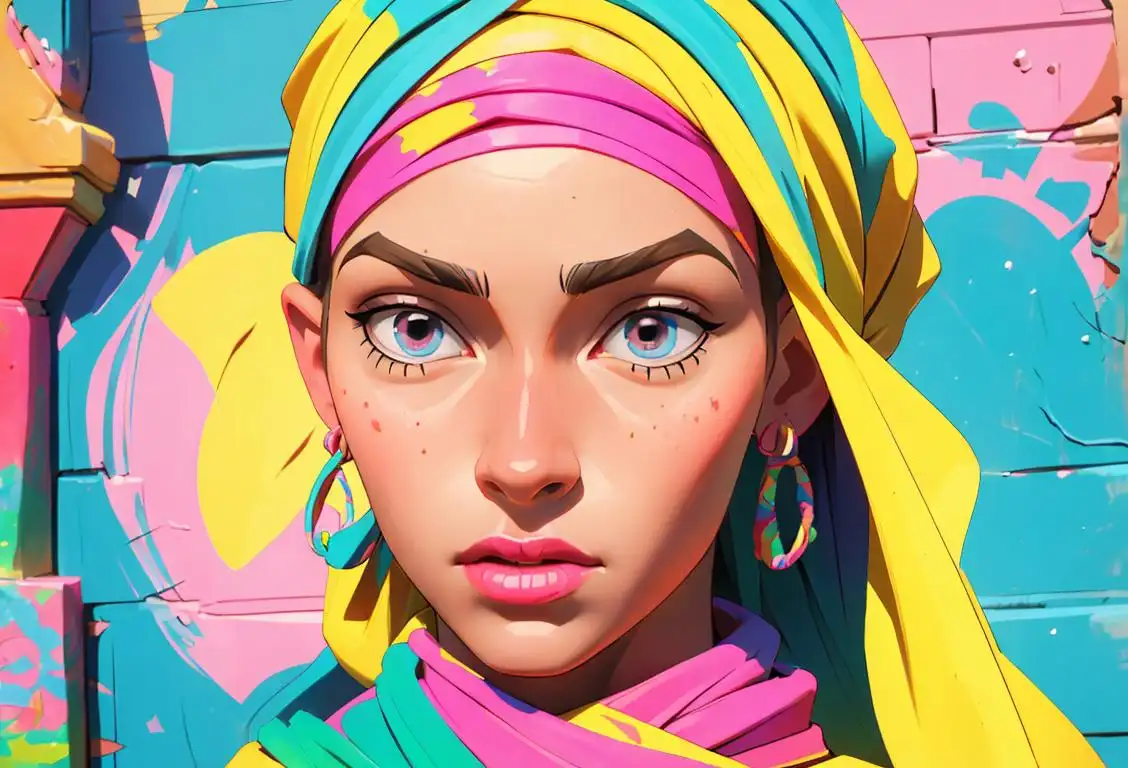
Hey there! Are you ready to wrap your head around a fun and fashionable national day? Well, get your creative juices flowing because it's National Headwrap Day! This is the perfect occasion to don your most fabulous headwrap and show off your style. Let's dive into the history and significance of this unique celebration.
When is Headwrap Day?
It's national headwrap day on the 20th November.
The Fascinating Origins of National Headwrap Day
Imagine a time when headwraps weren't just a fashion statement, but a symbol of culture, identity, and resistance. That's right, folks – headwraps have a rich history dating back centuries. From African tribes to the Afrocentric movement of the 1960s, headwraps have had a profound impact on fashion and cultural expression.
But how did National Headwrap Day come about? Well, let's give credit where credit is due. The online community – particularly social media – played a significant role in popularizing this day. People started sharing their stunning headwrap styles, encouraging others to embrace headwraps as a way to express their individuality.
Now, National Headwrap Day is all about empowering individuals to embrace their heritage, display creativity, and celebrate unity. It's a day to connect with others who share a love for headwraps and a passion for style.
How to Celebrate National Headwrap Day
Ready to rock a headwrap like a pro? Follow these simple steps to celebrate National Headwrap Day in style:
- Get inspired: Check out beautiful headwrap tutorials and stunning styles online. There are countless resources available to help you find the perfect look.
- Choose your fabric: Whether you opt for bold patterns, vibrant colors, or classic prints, choose a fabric that speaks to your personality and makes you feel confident.
- Experiment with different styles: Whether you prefer a turban, a top knot, or a full wrap, don't be afraid to mix it up and try something new. Headwrap styles are as diverse as the people who wear them.
- Share your style: Embrace the power of social media and share your fabulous headwrap look with the world. Use the hashtag #NationalHeadwrapDay to join the vibrant community of headwrap enthusiasts.
Did You Know?
Did you know that headwraps have been used to convey secret messages? During times of slavery, African Americans would use different headwrap styles to communicate with each other. It was a way to pass on information and coordinate escapes. How amazing is that?
History behind the term 'Headwrap'
1800s
Origins of Headwraps
During the 1800s, African women were brought to the Americas as slaves. As a way to preserve their cultural identity, they adopted the headwrap as a form of self-expression and resistance against oppression. Headwraps became an integral part of African culture and traditions.
Civil Rights Movement, 1950s-1960s
Political Expression
In the 1950s and 1960s, headwraps gained political significance during the Civil Rights Movement in the United States. African American women used headwraps as a symbol of black pride, resistance, and solidarity. Headwraps were worn as a statement of cultural heritage and a rejection of Eurocentric beauty standards.
1970s
Aesthetic and Fashion Statement
In the 1970s, headwraps entered the mainstream fashion scene as an aesthetic accessory. African prints and patterns became popular, and wearing a headwrap was seen as a fashionable way to embrace diverse African cultures. Celebrities, such as Erykah Badu and Lauryn Hill, played a significant role in popularizing headwraps as a fashion statement.
2010s
Cultural Appropriation Debate
In recent years, the cultural appropriation of headwraps has sparked debates. Some argue that wearing headwraps without understanding their cultural significance is disrespectful and diminishes their historical importance. Others believe that wearing headwraps can be a way to appreciate and celebrate diverse cultures when done in a respectful and educated manner.
Did you know?
Did you know that headwraps have been used to convey secret messages? During times of slavery, African Americans would use different headwrap styles to communicate with each other. It was a way to pass on information and coordinate escapes. How amazing is that?Tagged
fun culture fashionFirst identified
20th November 2015Most mentioned on
20th November 2015Total mentions
237Other days
Batik Day
Headwrap Day
Shalwar Kameez Day
Dress On Vyshyvanka Day
Trend With This Durag Day
Mask Day
Head Wrap Day
Hat Day
Handloom Day
Dress Like Your Inner Hoe Day
